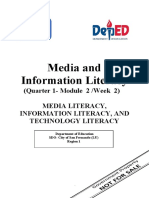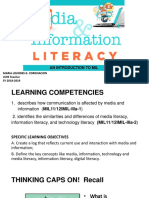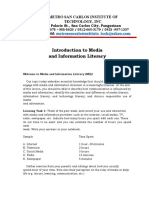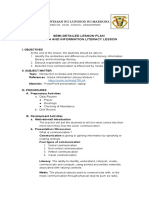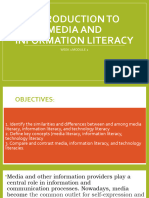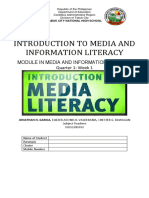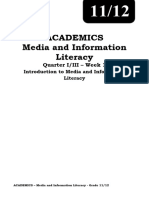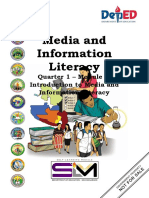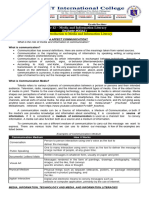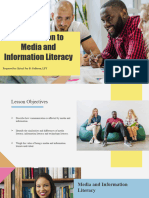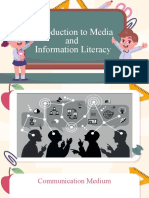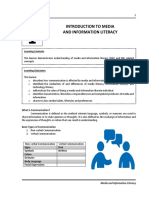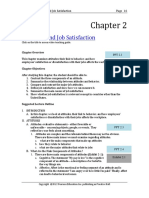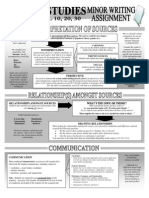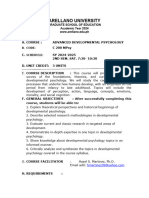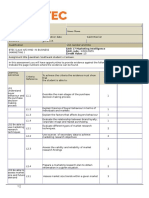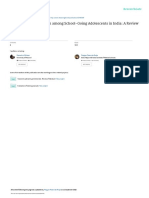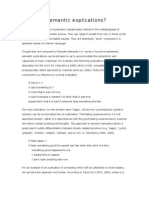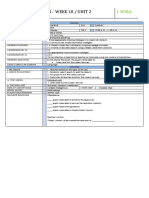0% found this document useful (0 votes)
9 views6 pagesMil Week 3 Editorializes
This lesson plan for Grade 11 focuses on Media and Information Literacy, aiming to help students understand and appreciate the importance of being responsible media users and producers. The plan includes objectives, content standards, and various activities designed to engage students in discussions about media's role in society and the skills necessary for effective communication. Assessment methods include multiple-choice questions to evaluate students' comprehension of media and information literacy concepts.
Uploaded by
ReberlyCopyright
© © All Rights Reserved
We take content rights seriously. If you suspect this is your content, claim it here.
Available Formats
Download as DOCX, PDF, TXT or read online on Scribd
0% found this document useful (0 votes)
9 views6 pagesMil Week 3 Editorializes
This lesson plan for Grade 11 focuses on Media and Information Literacy, aiming to help students understand and appreciate the importance of being responsible media users and producers. The plan includes objectives, content standards, and various activities designed to engage students in discussions about media's role in society and the skills necessary for effective communication. Assessment methods include multiple-choice questions to evaluate students' comprehension of media and information literacy concepts.
Uploaded by
ReberlyCopyright
© © All Rights Reserved
We take content rights seriously. If you suspect this is your content, claim it here.
Available Formats
Download as DOCX, PDF, TXT or read online on Scribd
/ 6


